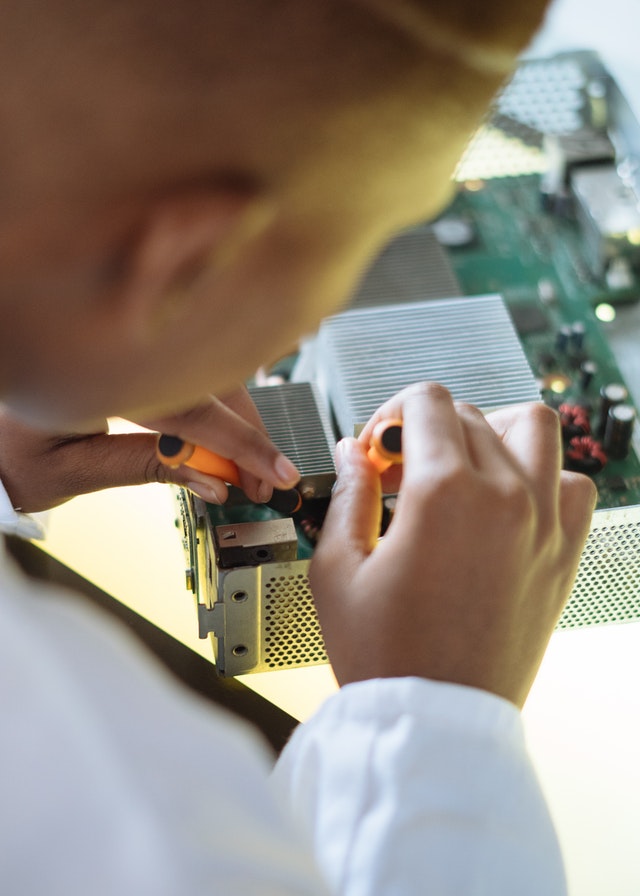There are several precautions to be aware of during circumcision care. First, wash your hands well after touching the area. After the procedure, your healthcare provider may apply petroleum jelly to the area and attach a plastic clamp. To prevent your baby’s skin from drying out, you should wash his or her penis thoroughly before the procedure. Afterward, place a surgical drape over the baby’s penis to keep the area clean. You should gently wash your son’s penis every time you change a diaper.

The area will turn red for the first week following the circumcision. The glans patches are part of normal healing. The baby will become fussy after a week. However, you need to clean the area every day to prevent infection. Avoid bathing your baby for 2 days as this can cause the glans to slip. The procedure should not be repeated more than once, and usually within the first few months after birth. The doctor will use the skin from the baby’s forearm for reconstructive surgery.
A child with an abnormal penis may not have their circumcision until they are released from the hospital. Even if your penis is normal, it’s possible that the uterus will not be fully reattached. If the child is extremely afraid, he/she can be sedated to relieve the pain. Most circumcision-related problems are easily treated by quick intervention. However, you should always follow your doctor’s instructions. Your baby may have a red or crusty penis after the procedure. While this is normal, you should keep an eye out for the ring.
If the ring is still there, you should immediately contact your doctor. If you don’t see the ring in a week or two, you should call your healthcare provider. After circumcision, you should wash your baby in warm water. Do not use diaper wipes. Instead, use soapy waters. To reduce the risk of infection, wash the dressings at least once every two hours. Your baby may feel some discomfort during this time.
Your healthcare provider can discuss when he should resume having sex with your baby. This procedure is usually less painful than when he was in his infant years. Your child’s healthcare provider will discuss all precautions with you. After the procedure, your baby will be very irritated. He will be in pain for the first few days, but he or she will gradually recover from the procedure. After the procedure, your child will be fully awake and can go on with his daily activities. After the circumcision, you can sit your baby in the tub and let him relax.
You should be aware that your baby may experience some redness, swelling, and tenderness. While swelling is normal, you should not allow your baby to bathe in the tub for more that three to seven consecutive days. Ask your doctor about pain-control options if you want to be present during the procedure. Be aware of possible complications following the circumcision. In some cases, the foreskin is not removed completely.
These problems may need to be repaired later, so you should consult your doctor if your baby has any medical conditions that can prevent circumcision. After the procedure, you will be able see the results. However, your doctor should be able see the penis to confirm that it is correct. In case the baby is jaundiced, the circumcision can be delayed or cancelled. Talk to your pediatrician or urologist about the risks and benefits of this procedure. Discuss with your doctor the next steps in case of complications.
Most commonly, a baby is circumcised within two to three days. In other cases, the baby will experience bleeding and crusting at the tip of the penis. You might not want to have the procedure performed if your child is a religious person. It is uncommon in industrialized nations to perform this procedure, but it is important to follow all postcircumcision care instructions. It is important to protect your baby from infections and germs, as well as keep the skin moist. It is not recommended for your baby to urinate within the first 48 hours.


